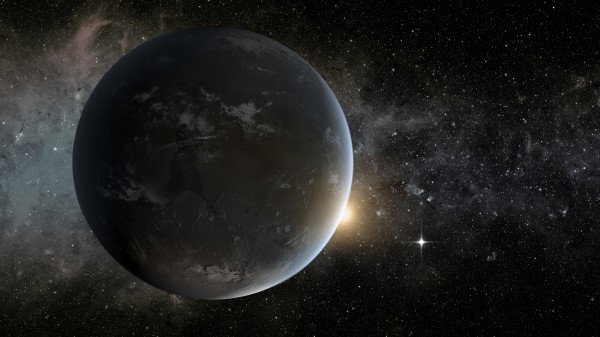Expanding the search for habitable worlds
In science fiction movies and television shows, real-life locations on Earth, such as the Sahara Desert or Iceland, have long been used to represent alien worlds. In real life, more than 5,000 planets have now been detected orbiting other stars in our galaxy. These discoveries have allowed us to infer that there are at least 100 billion planets in the Milky Way galaxy alone. What are these planets like? Are any of them habitable? Do the movies get it right?
LASP is a leader in the search for, and study of, exoplanets. We’ve been involved in detection of exoplanets, perhaps most notably from operating NASA’s famed planet-hunting Kepler mission, which was responsible for more exoplanet detections than any other search. LASP scientists work to characterize the atmospheres of exoplanets, both through space- and ground-based telescope observations and through detailed climate modeling. And LASP is working to predict how exoplanets evolve over time, through engineering a unique, rectangular telescope for CUTE, a cereal-box-sized satellite measuring the output of stars that host exoplanets, and by using observations and models of the escaping atmospheres of solar system planets to help characterize and identify habitable, Earth-like planets in other solar systems.

